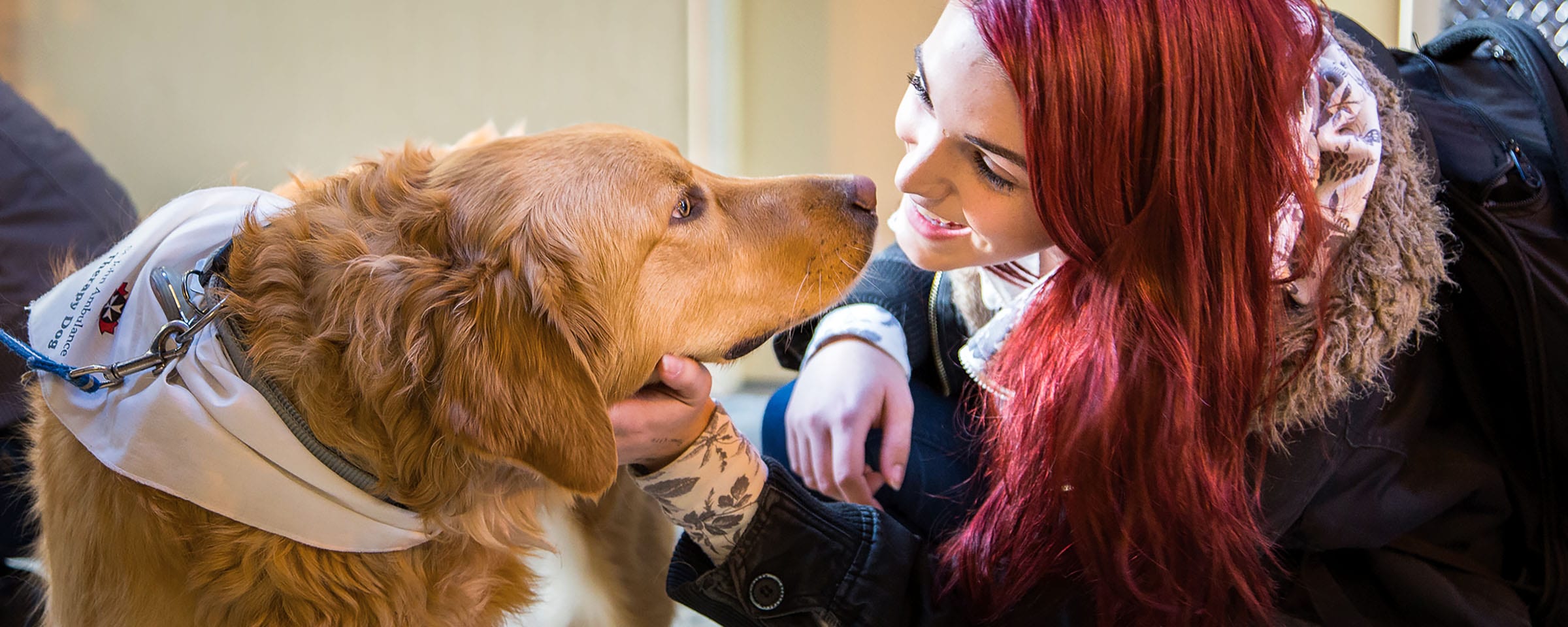Registration Now Open for Spring Fitness Classes
Red River College Athletics and Recreation Services offers Group Fitness Programs suited to all interests and fitness levels. Our highly trained and enthusiastic instructors will lead you through a fun and challenging workout suited to you.
Registered Programs for 2016 Spring Term
Classes scheduled for spring term.
Spring Fling with Jesse and Lesley. Tuesdays from 12:05pm to 12:50pm. A quick 3 class session to be used as your wellness bridge from Winter to Spring Terms!
Yoga with Amanda on Mondays from 4:15pm to 5:15pm
Boot Camps with Jesse on Tuesdays from 12:05pm to 12:50pm
Dynamic Core with Lesley on Thursdays from 12:05pm to 12:50pm
Fitness Classes Now Free for Students!!!
Starting in 2016, all Fitness Classes are free to use for RRC Students. Students can fill out Fitness Class registration form, minus payment, and drop it off at GM20 in the North Gym or email to Recreation Coordinator Cole Skinner @ coskinner@rrc.ca. Students are also welcome to drop in the fitness classes as well, provided space is available.
Info
Spring Classes will start April 5th and run until June 27th.
Drop in cards for 5 or 10 classes per term can also be purchased.
Register
To register for a class download the 2016 Spring Fitness Classes Registration Form, if your staff, alumni or community user fill it out and take it to the Student Service Centre to make a payment. If you are a student, please complete form and drop off at front desk in the North Gym.












